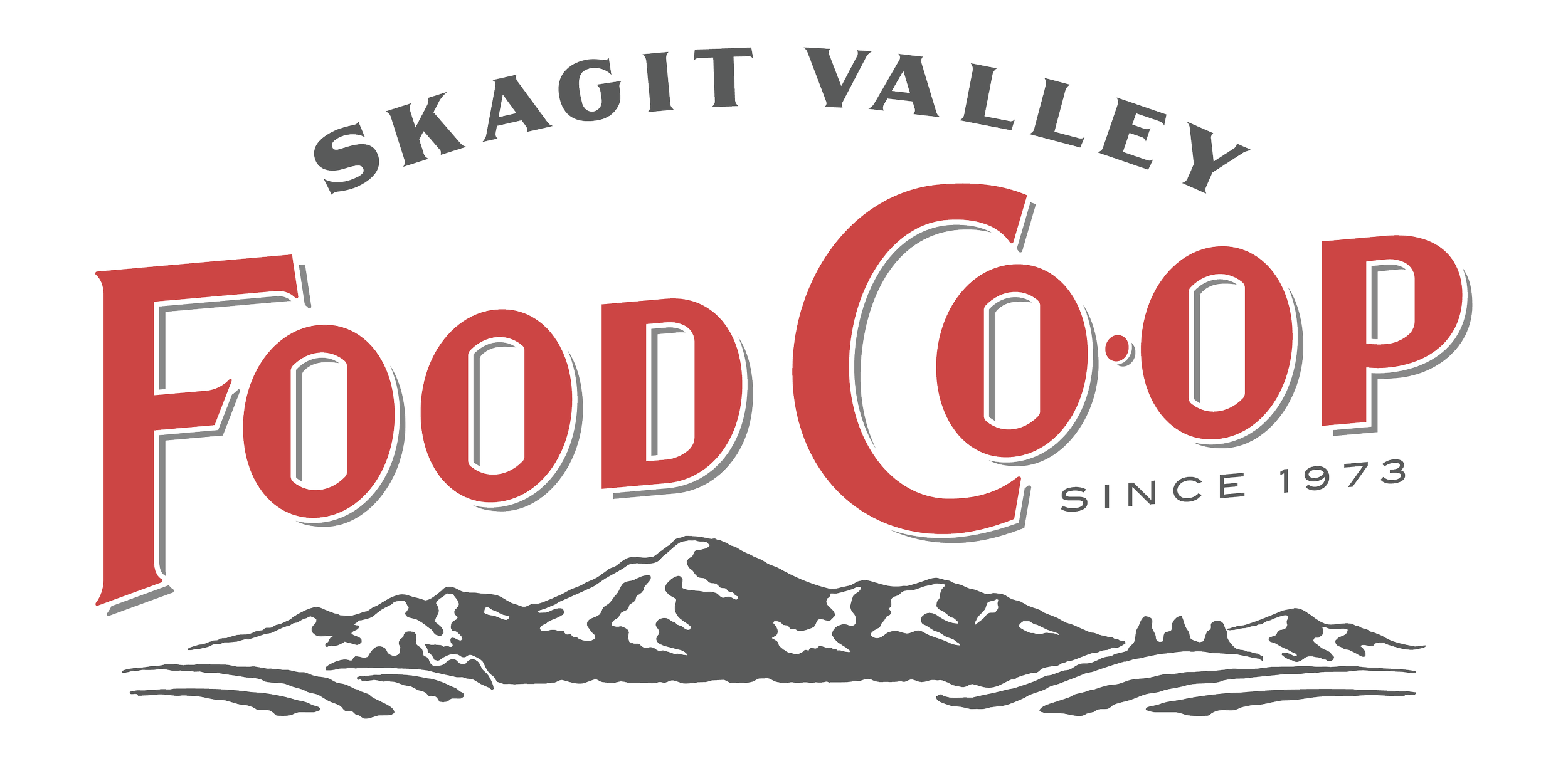Dog Days of Summer
The title brings to mind hot, lazy afternoons when the air is heavy with the scent of flowers, cut grass, and dust. Seeking solace in a skinny patch of hard found shade, ice clinking sweetly in a glass covered with condensation, floating on a comical inflatable in the always frigid Skagit River.
As this is being written, it is almost June. Outside it is pouring rain and the temperature is barely reaching fifty degrees. The locals are in many layers. The days of cut-off shorts and tank tops seem as though they will never arrive. But we hold out hope for the heat. We wait, for those perfectly sultry dog days of summer.
“Dog days of summer” has, in fact, very little to do with humankind’s panting, furry best friend, and mostly refers to an astronomical being, Sirius. Part of the constellation Canis Major, Sirius is the brightest star to be seen with the naked eye from our earth. The dog days refer to the twenty days preceding and succeeding July 23rd, when the star Sirius rises in conjunction with the sun. During the summer months, look east before dawn to find it. On a crisp clear night in winter, Sirius can be found twinkling in a rainbow of colors during the evening hours.
The name Sirius is derived from the Greek word Seirios, meaning “glowing” or “scorching”. Ancient civilizations believed the rising of Sirius with the sun added to the heat of summer days. In our current civilization, we know the tilt of the northern hemisphere towards the sun is responsible for our warmest season.
For the gardener, the dog days of summer are not a time of lazy afternoons, or solace in the shade. This is a time of continued work. A time of constant watering, abundance, and preservation.
Stay diligent with a watering schedule to avoid underwatering, which often leads to a panicked overwatering, both of which are bad for your crops and flowers. Bitter, split, misshapen vegetables and blossom rot are all symptoms of inconsistent watering. Your vegetable garden needs much more water than your well established perennials. Try to water your warm weather crops such as basil and tomatoes before 10 AM. Cool weather crops, like salad greens, benefit from watering in the evening. Following this method in the morning darkens the soil, absorbing more warmth for the heat loving babies. For the evening cycle, it cools down the soil, preventing greens from bolting. Greens used for salad mixes are far more likely to not flower if they are watered regularly, harvested frequently, and amended with a nitrogen rich fertilizer. Mulch around plants to stave off the scorching sun, reduce evaporation, and aid in moisture retention. Mulching also suppresses weeds, who are competitors for precious water, especially in the summer.
Depending on what you have planted, it will be peak bloom time for your flowers. Your kitchen table, and those of loved ones, should be cheerful and colorful. Dahlias and multi-branching sunflower varieties will benefit from continuous cutting, rewarding you with many more blooms until our first frost, long after the dog days of summer are over.
Don’t stop picking beans, cucumbers, and summer squash. Leaving fruit on the vines will lead to energy being transferred into seed production, and reduce your yields. Continue to eat fresh (and share!) your summer squash and greens. Cucumbers, tomatoes, green beans, and beets will all do well canned for storage. Fresh berries and peas can be placed directly into freezer safe bags, with little to no processing in the moment. When your pantry and freezer are full, add dehydrating and fermenting to your preservation process. For an even longer shelf life of storage variety onions and garlic, make sure to cure them properly. Allow the gently cleaned bulbs to air dry out of direct sunlight and store in a cool dry place.
As knowledge and technology progress, we have added systems in our ability to understand the cosmos and saving food. Yet we still use many of the same terms and preservation methods that we have for thousands of years. Keep your eyes on the stars, the sun, and your garden. Enjoy the preserved fruits of your labors. Relish the official forty dog days of summer, as we will be back in rain, layers, and fifty-degree days soon enough.
Written by Magnolia Mullen for the July 2024 Natural Enquirer

